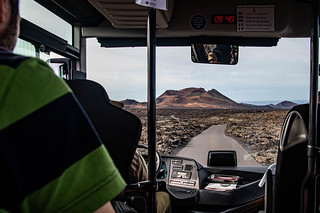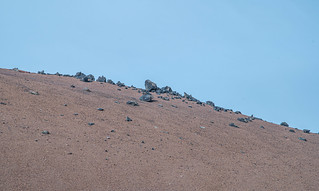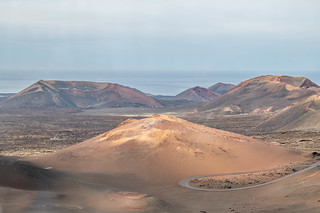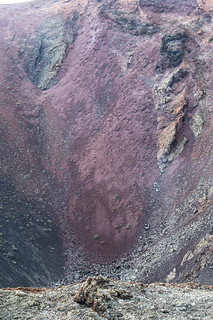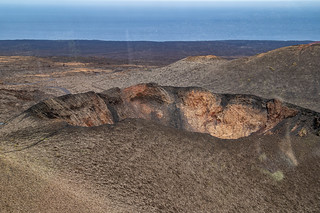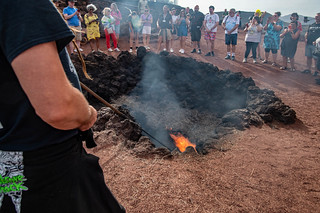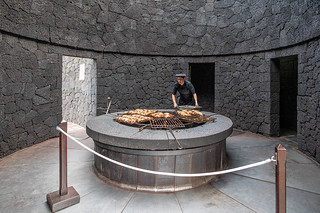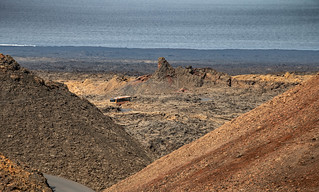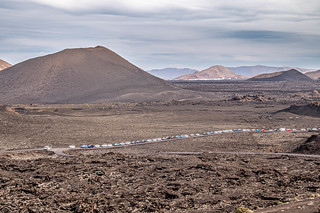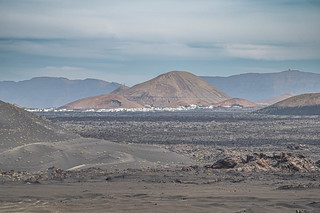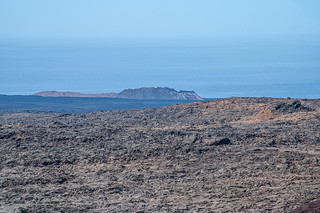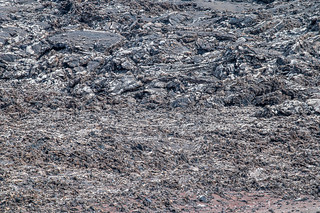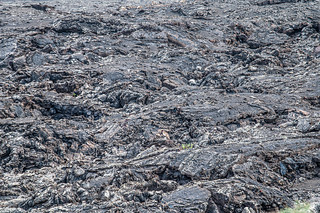About Parque Nacional de Timanfaya
Timanfaya National Park is a Spanish national park in the southwestern part of the island of Lanzarote, in the Canary Islands. It covers parts of the municipalities Tinajo and Yaiza. The area is 51.07 square kilometres (19.72 sq mi), and the parkland is entirely made up of volcanic soil. The statue El Diablo by César Manrique is its symbol. It is the only National Park in Spain which is entirely geological. Timanfaya National Park represents a sign of recent and historical volcanism in the Macaronesian Region. The last volcanic eruptions occurred during the 18th century as well as in the 19th century.
The greatest recorded eruptions occurred between 1730 and 1736. The volcanic activity continues as the surface temperature in the core ranges from 100 to 600 °C (212 to 1,112 °F) at the depth of 13 metres (43 ft), which is demonstrated by pouring water into the ground, resulting in a geyser of steam which is an attraction for tourists. There is only one active volcano, Timanfaya volcano, after which the park is named.
Access to the park by the public is strictly regulated to protect the delicate flora and fauna. There are one or two footpaths, and a popular short route where one can visit by camel. There is a public car park from which one can tour the volcanic landscape by coach using a road that is otherwise closed to the public.
en.wikipedia.org
